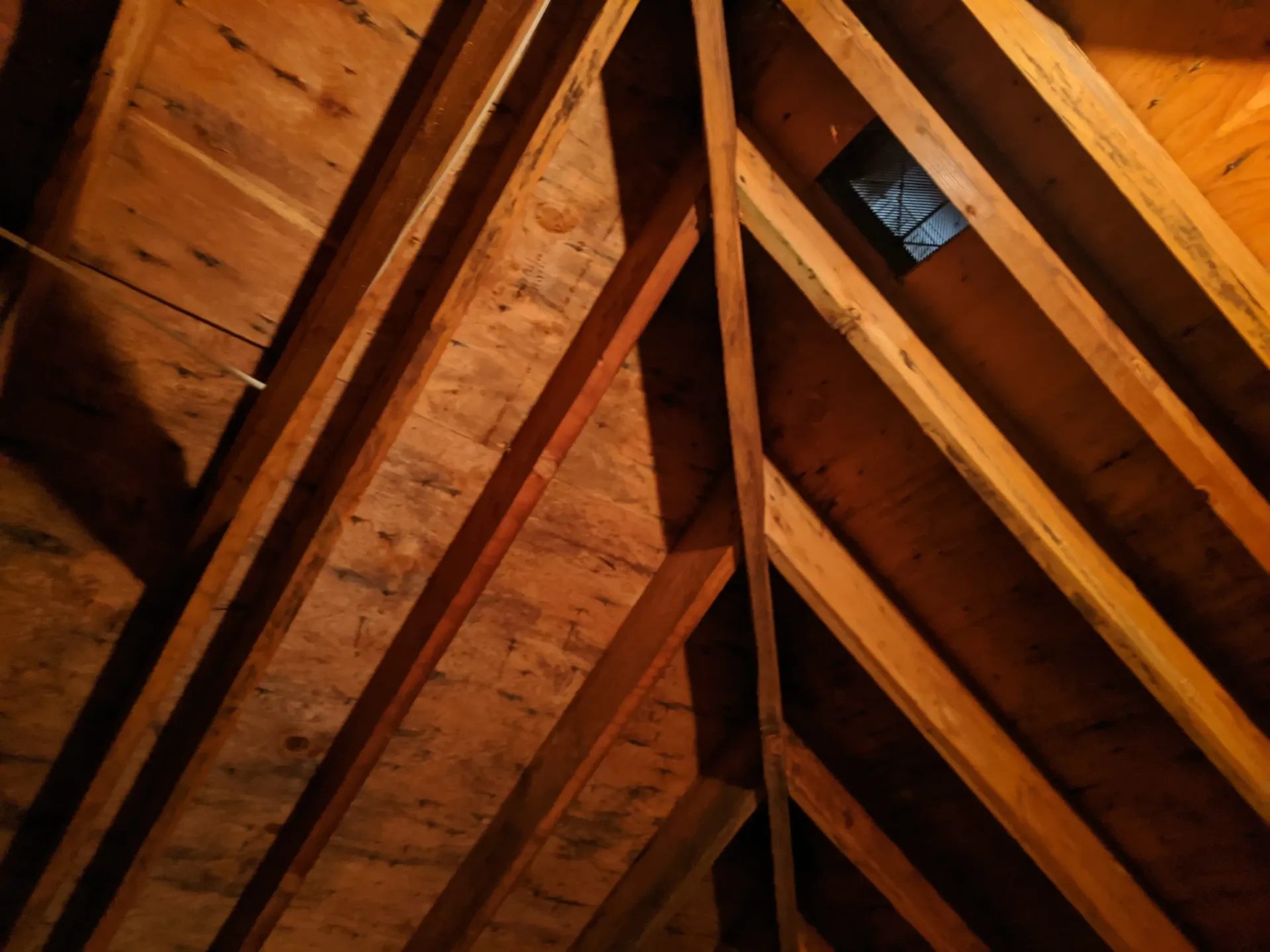Five Unusual Consequences of Mold in Your Crawl Space

For homeowners, particularly those in humid areas like Myrtle Beach, the threat of mold in attics and crawl spaces is an all-too-common issue. The high humidity and moisture create the perfect environment for mold growth, which often goes unnoticed until it becomes a severe problem. It's difficult to know if you have mold without a proper inspection or air quality testing, but the consequences of ignoring it can be severe.
Mold can compromise the structural integrity of your home and negatively impact your health, making it crucial to address any potential mold issues promptly. Regular inspections and good air quality are essential to protecting your home and family from the hidden menace of mold.
Top Five Reasons to Care About Attic Mold in the Myrtle Beach Area
The Persistent Musty Odor
A telltale sign of mold is a musty smell that seems impossible to eliminate. This odor is produced by mold colonies growing and releasing spores, which can permeate your home. Even if you can't see mold, the smell strongly indicates its presence deep within your home. This odor often becomes more noticeable after it rains or if there's high humidity. Ignoring this smell can allow mold to spread unchecked, leading to more severe infestations that are harder and costlier to remove.
Why It Matters: Musty odors are not just unpleasant; they signal a problem that can escalate rapidly. If you detect such a smell, it's crucial to investigate and address the source immediately. Ignoring the odor can lead to extensive mold growth, which may compromise the structural integrity of your home. Moreover, persistent exposure to mold spores can negatively impact your health, leading to respiratory and other health problems.
Unrelenting Allergy Symptoms
Mold spores can trigger allergy symptoms that mimic an upper respiratory infection, including stuffy noses, excessive sneezing, postnasal drip, coughing, itchy eyes, sinus irritation, sore throats, and skin rashes. These symptoms can vary in severity depending on individual sensitivity and the extent of mold exposure. People who are allergic to mold may find these symptoms relentless and debilitating. In some cases, mold exposure can trigger asthma attacks or worsen pre-existing conditions.
Health Impact: Persistent exposure to mold can lead to chronic respiratory issues and significantly affect your quality of life. For those already suffering from allergies or asthma, mold can exacerbate symptoms, making everyday activities difficult. Over time, these health issues can become severe, leading to chronic sinus infections and other complications. Ensuring your home is mold-free can help prevent these health problems and improve overall well-being.
Structural Damage to Your Home
Mold feeds on organic materials like wood, paper, fabrics, and glue, causing these materials to deteriorate. Over time, this can significantly damage drywall, carpets, wallpaper, and other parts of your home. As the mold continues to grow, it can weaken the structure of your home, compromising its safety. Wooden beams, for instance, can become soft and brittle, leading to potential collapse. In severe cases, mold damage can become so extensive that it affects the structural integrity of your home.
Potential Catastrophe: If left unchecked, mold damage can become so severe that it causes ceilings to collapse, floors to cave in, or walls to crumble. This structural damage is often irreparable and can make your home unsafe. Addressing mold issues promptly can prevent these catastrophic outcomes and save you from costly repairs. Regular inspections and maintenance can help detect and fix mold problems before they escalate.
HVAC System Contamination
Mold in your crawl space can quickly spread to your HVAC system, which can then be distributed throughout your home via the air ducts. This contamination is hard to mitigate and usually requires professional intervention. Once mold spores enter the HVAC system, they can thrive in the damp and dark environment, spreading rapidly. This affects the efficiency of your HVAC system and poses serious health risks as spores circulate through the air.
Why It's Critical: Mold in your HVAC system can lead to widespread distribution of spores, making the problem more pervasive and challenging to control. This impacts air quality and increases health risks for everyone in the household. Professional cleaning and maintenance of the HVAC system are essential to ensure it remains mold-free. Regular inspections can help detect mold early and prevent it from spreading.
Toxic Mold Syndrome
Exposure to certain toxic molds can lead to a severe condition known as toxic mold syndrome. Symptoms include mental confusion, memory loss, difficulty concentrating, insomnia, loss of appetite, anxiety, and depression. These symptoms can be debilitating and affect daily functioning. Toxic mold produces mycotoxins, which harm human health and can cause severe reactions in sensitive individuals.
Urgency of Treatment: Toxic mold syndrome, though rare, is a severe condition that requires immediate medical attention. If you suspect you have been exposed to toxic mold, it is crucial to consult with a physician immediately. Professional mold remediation and proper medical treatment can often help with symptom relief. Early detection and treatment are essential to preventing long-term health complications associated with toxic mold exposure.
Partner with the Local Attic Mold Experts
Addressing mold issues in your attic and crawl spaces is crucial for maintaining a healthy and safe home. The persistent musty odors, relentless allergy symptoms, structural damage, HVAC system contamination, and risks of toxic mold syndrome highlight the severe consequences of unchecked mold growth. Regular inspections and prompt action are essential to prevent these problems from escalating and protect your home and your family's health.
MasterTech-MyrtleBeach provides the ideal solution for tackling mold problems effectively. With a skilled team, advanced tools, and extensive expertise, they can handle any mold issue, ensuring your home remains mold-free. Don't wait for the damage to worsen—contact MasterTech-MyrtleBeach today for a comprehensive inspection and remediation. Your home and well-being are worth it.



